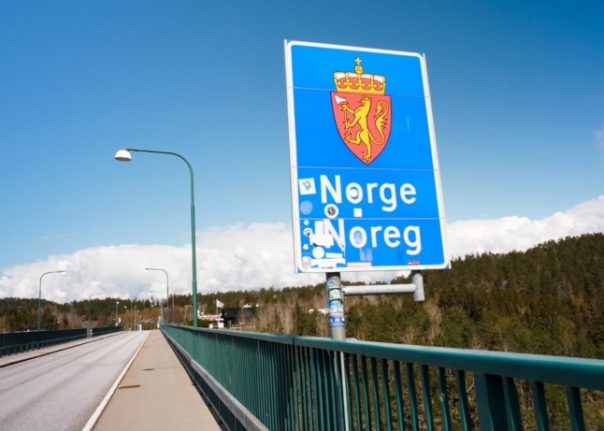Just under 100,000 people entered Norway without using some form of vaccine pass in the week following Norway relaxing its travel rules and advice on July 5th, according to figures obtained by radio station P4.
The figures come from the Directorate of Civil Protection and Emergency Planning (DSB) and show that 96,000 people, or 13,813 a day on average, registered their entry into Norway.
Those who aren’t travelling with the EU’s vaccine passport or Norwegian Covid certificate are required to register before entering Norway.
The figures include both Norwegian citizens and foreign arrivals.
Currently, entry into Norway for travellers who do not possess an EU vaccine pass or Norwegian Covid certificate is restricted to residents, citizens, all arrivals from “green countries”, and the close family and partners of residents and citizens arriving from EU/EEA countries including the UK, and the close family and partners from countries on Norway’s purple list.
Green countries are countries with low enough infection levels to allow safe entry, and purple countries are a select few countries the Norwegian Institute of Public Health have chosen from the EU’s third country list that allow entry for family and partners.
You can read more about Norway’s Covid classification country system, thresholds and entry restrictions here.
Those using the Norwegian Covid certificate and EU health pass are not included in the figures as they are not required to register their entry before arrival.
More than half of those registering to enter Norway were arriving from neighbouring Sweden.
“It has been a reasonably busy week. It started with a bang last Monday, and it has been at full speed since then. We have four times as many people last week as we had done in the weeks before,” Jostein Stø, head of testing at Svinesund border crossing, told P4.
The majority of Norwegians travelling to and from Sweden were on harryturs, or border shopping trips.
Harryhandel, or border shopping, is pretty common in Eastern Norway. People cross over into neighbouring Sweden, where prices are lower, a better selection is available in stores, and there are lower taxes on alcohol, for example.
In 2019, the last year where harryhandel was not disrupted by the pandemic, Norwegians spent 16.6 billion kroner during border shopping trips, according to Statistics Norway.



 Please whitelist us to continue reading.
Please whitelist us to continue reading.
Member comments